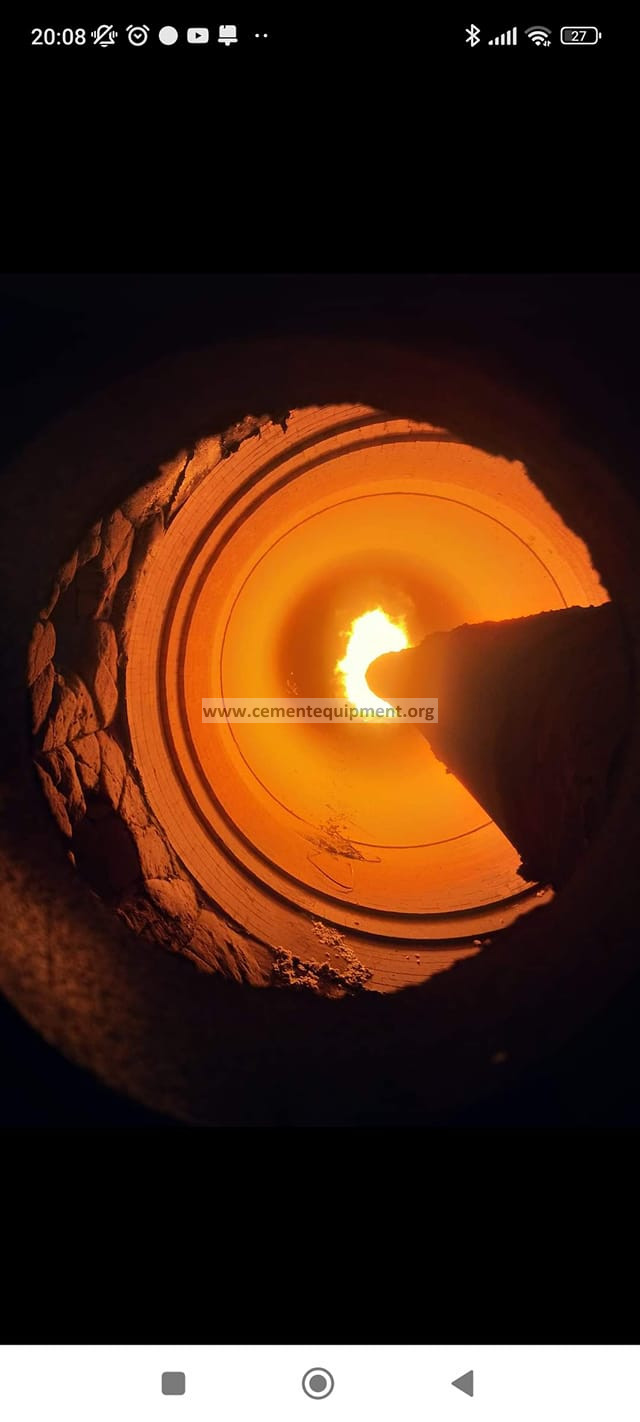Contents
Mastering Cement Kiln Burner Maintenance: Best Practices for High-Temperature Operation to Achieve Optimal Efficiency and Reliability

if you need to download the exact details of this post and all the information on this website + excel sheets tailored for cement industry from expert who is working as a consultant from 37 years buy the book package now
[wpecpp name=”books package + updates ” price=”249.99″ align=”center”]
The cement kiln burner is a critical component in the cement manufacturing process, responsible for converting raw materials into clinker through high-temperature combustion. With temperatures reaching up to 1400 degrees Celsius, the kiln burner is subjected to extreme heat and harsh operating conditions. Despite these challenges, effective maintenance of the kiln burner while it is running is essential for optimal performance and prolonged service life.
One of the primary challenges in cement kiln burner maintenance is the high temperature environment in which it operates. The intense heat can cause wear and tear on the burner components, leading to reduced efficiency, increased energy consumption, and higher operating costs. However, with proper maintenance strategies in place, these challenges can be effectively addressed.
Regular inspection and cleaning of the kiln burner are essential to prevent the accumulation of debris, dust, and ash that can hinder its performance. This includes
1-cleaning the fuel nozzles,
2-checking for blockages,
3-and inspecting the flame pattern and color for any signs of irregularities.
4-Additionally, checking and tightening connections, such as gas and air supply lines, is crucial to ensure proper fuel and air flow to the burner.
Another critical aspect of kiln burner maintenance is monitoring and adjusting the combustion process for optimal performance.
1-This includes adjusting the fuel-to-air ratio,
2-optimizing the flame shape and temperature distribution,
3-and minimizing excess air to avoid energy waste.
4-Regular monitoring of burner performance using temperature and gas sensors,
5-as well as visual inspections, can help identify any deviations from the desired operating conditions and allow for timely adjustments.
proactive measures
In addition to routine maintenance, proactive measures can also be taken to extend the service life of the kiln burner. This includes using high-quality burner components that are designed to withstand high temperatures and corrosive environments, as well as implementing proper insulation measures to minimize heat transfer to surrounding components. Investing in advanced burner technologies, such as flame scanners and automatic combustion control systems, can also enhance the efficiency and reliability of the kiln burner, reducing the need for frequent maintenance.
Despite the inherent challenges of maintaining a cement kiln burner while it is running, the benefits are significant. Proper maintenance can result in improved burner efficiency, reduced fuel consumption, and increased clinker production. It can also help prevent costly breakdowns and downtime, ensuring uninterrupted operation of the cement kiln and minimizing production losses.
In conclusion, effective maintenance of cement kiln burners is crucial for optimizing performance and extending their service life, despite the extreme heat conditions they operate in. Regular inspection, cleaning, monitoring, and adjustment of the burner components and combustion process are essential to ensure efficient and reliable operation. Proactive measures, such as using high-quality components and advanced technologies, can further enhance the performance and longevity of the kiln burner. By mastering cement kiln burner maintenance, cement manufacturers can achieve improved efficiency, reduced operating costs, and sustained production of high-quality clinker.
if you need to download the exact details of this post and all the information on this website + excel sheets tailored for cement industry from expert who is working as a consultant from 37 years buy the book package now
[wpecpp name=”books package + updates ” price=”249.99″ align=”center”]